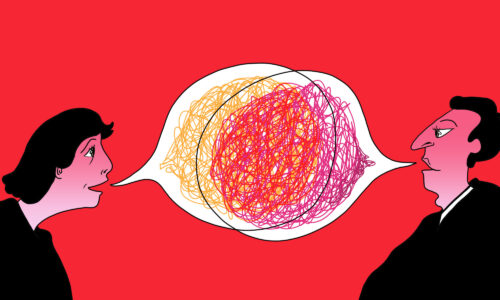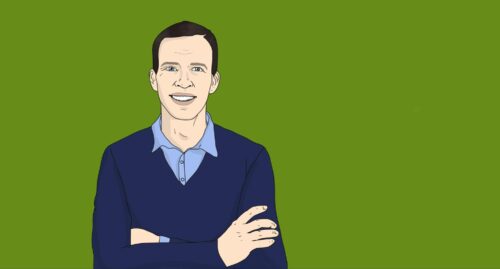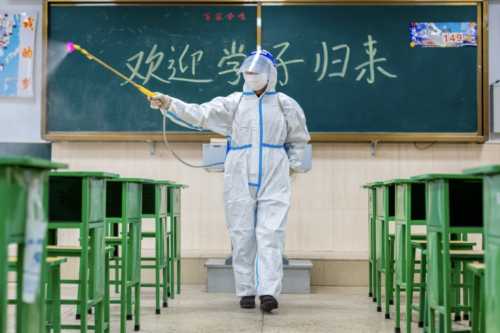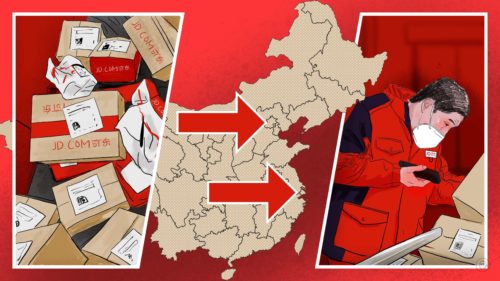The bombshell was dropped on January 20, in a live interview on China Central Television (CCTV). An unassuming 83-year-old calmly told the Chinese nation that, after personally investigating an emerging disease in Wuhan, he could confirm what had been denied by health authorities and local officials: It was now certain that the virus could spread from human to human. China was once again on the front line of a dangerous new coronavirus. When filmmakers turn their attention to the COVID-19 pandemic, this will be one of the key scenes — when Professor Zhōng Nánshān 钟南山 sounded the alarm.
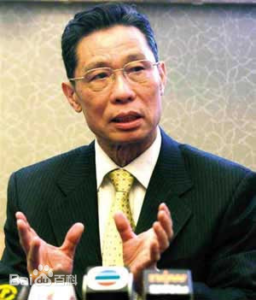
Who is Zhong Nanshan?
Zhong is the leader of the National Health Commission’s COVID-19 scientific research group, and a hero in China for his work during the SARS epidemic of 2002–2004. American news outlets label him China’s Dr. Anthony Fauci, the face of the nation’s fight against COVID-19, a trusted source of medical expertise in a government that has a troubled relationship with the truth. He has a reputation for honesty and bluntness, after he publicly contradicted the government during the SARS crisis in the name of public health.
Born in Nanjing in 1936, Zhong grew up knowing the importance of truth. His father, a prominent pediatrician, “never exaggerated anything,” according to Zhong, speaking only of the facts when coming to any conclusion. After a stint at Beijing Medical University (now the Peking University School of Medicine), Zhong was set to work shoveling coal in a boiler room, denounced during the Mao era as the son of capitalists.
After 1979, he continued his interrupted studies at St. Bartholomew’s Hospital in London and Edinburgh University. He speaks good English as a result.
Zhong broke national athletics records while studying at medical school and is still a fitness fanatic, ascribing his remarkably young appearance to a rigorous daily regime he’s lived by most of his life. The octogenarian easily passes for a bulky 60-year-old.

He swiftly climbed the career ladder of pulmonology. By 2002, Zhong was a senior physician, a member of the Chinese Academy of Sciences, the director of his own institute for respiratory diseases in Guangzhou, and well respected for his research on asthma and chronic obstructive pulmonary disease (COPD).
SARS
Zhong first became aware of SARS in late December 2002, as patients manifested strange symptoms that left their lungs rock solid, and struggled for breath through ruined alveoli and blood-filled bronchioles.
He notified the Guangdong health authorities, alarmed by the emergence of clusters in cities around the Pearl River Delta. On January 21, 2003, he led a team that produced the first description of the new disease, along with its symptoms and possible methods of treatment.
The Guangdong provincial authorities tasked Zhong and his team to study the disease and find a way to control it. It was a huge undertaking. “We didn’t know where to start, we had no clear diagnosis, and no effective cure,” he later said. Zhong asked that all SARS patients be brought to him, recording their details one by one, scanning for patterns: their symptoms, how they may have been infected, their response to different methods of treatment. The methods he found effective — non-invasive ventilators, traditional Chinese medicine (TCM) to reduce lung congestion, anti-inflammatory drugs, strict rules on the protection of medical workers — would soon be used throughout the country.
It wasn’t always perfect. Zhong hoped corticosteroids (which are anti-inflammatory) would ease the burden on the lungs, yet some patients developed a crippling bone disease. In Guangzhou, however, where Zhong was in charge, this occurred in only 3% of patients, as he used smaller doses than doctors in other areas of China.
Zhong resisted a government determined to cover up the problem. The administration banned reporting, didn’t send an investigative medical team for the first three months, and didn’t share research or even tell of the existence of the virus until it spread beyond China’s borders three months later. On April 3, 2003, when the Ministry of Health held a press conference assuring the nation and the world the disease was under control, Zhong challenged them. Despite being told to say as little as possible, he couldn’t help blurting out, “The disease is still spreading, how can we say it’s under control?” adding, “Even the protection of medical staff is not in place yet!”
In January, the powerful Chinese Center for Disease Control and Prevention (CDC) had said the disease was caused by chlamydia, easily cured with antibiotics. Zhong later said in a CCTV interview that he and other doctors refused to treat patients by these recommendations. “We insisted on treating the disease according to our own investigations.”
This was a wise move: The Guangdong authorities listening to advice from Zhong and other experts likely contributed to Guangdong’s final SARS fatality rate being slated at 3.8% — the lowest in the country, despite being the disease’s epicenter. The gradual spread of SARS through Beijing and Tianjin vindicated Zhong’s standpoint, the government lionizing his moral fiber. He became the president of the Chinese Medical Association, serving from 2005 to 2009.
COVID-19
With SARS still fresh in public memory, it’s reassuring to have COVID resistance helmed by a man widely reported to have said, “The truth is as important as real medicine.” Beijing knows that choosing someone with a history of going against it to front official investigations is an easy way to gain public trust.
SARS was a useful test run. “China is definitely using the template learned during SARS, a template that was largely based on Zhong’s work,” says Professor Thomas Abraham of the University of Hong Kong, author of Twenty-First Century Plague: The Story of SARS.
Zhong has insisted the government be transparent. He advises in a paper he co-authored in 2006 that during an epidemic, “the public needs to know the truth; concealing what happens may lead to a panic rather than to social stability.” It’s certainly possible that working with a man as respected as Zhong may force an atmosphere of honesty in the top echelons of Beijing. He has pointed out in interviews how the central government issued swift discipline against officials withholding new information.
His endorsement implies that Beijing has learned the lessons of SARS — despite the CDC having played down the risk of person-to-person transmission in a state media broadcast on January 15, while an internal memo said health officials “must prepare for and respond to a pandemic.”
Although he’s stated Wuhan officials should take the blame for covering the scale of the outbreak early on, he insists China’s figures are now open and transparent. He gives short shrift to those who believe China’s current low infection figures are due to withheld information.
Some Chinese citizens only listen to new statistics or health advice if it comes from Zhong Nanshan. Although other Chinese medics have borne the brunt of research this time around, Zhong is the one most bombarded with press requests for interviews about the situation, clearing up misunderstandings or worried netizen queries.
It’s because he’s universally loved as a selfless and dutiful medic. While many were taking a precious annual holiday and traveling home for the Spring Festival, the old man was shuttling between Wuhan and Beijing during government investigations, at one point squeezing into the dining car of a train to Wuhan (flights were fully booked during this overflowing travel period). This left little time for sleep, leading to a photo op that went viral:
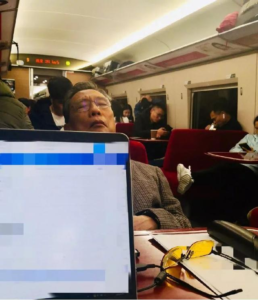
Although his predictions of China being able to quickly control the virus haven’t aged well, some of his other insights show he has his eye on the ball. Although China had closed its borders, Zhong stated in an April Tencent Q&A that “as long as there is communication between China and the outside world, there is a chance that imported cases will infect people inside China. This risk is always present and cannot be avoided.” The recent, sudden resurgence of a small COVID-19 cluster in Beijing backs this up.
In his 2006 paper, he adhered to wider advice in the medical community by warning that “wildlife markets represent a dangerous source of possible new infections” and that “if no action is taken to control wildlife markets, the SARS-CoV organism may develop into an epidemic strain.” The emergence of SARS-CoV-2 (the strain of virus responsible for the current pandemic) proves him right again. Although Zhong has called for an end to the wildlife trade, he has avoided directly criticizing the government for not learning this particular SARS lesson.
His track record of integrity, combined with every appearance of having lived an extremely healthy life, earned him a place as one of the faces for this year’s International Day Against Drug Abuse and Illicit Trafficking. As of June 18, a hashtag about Zhong being featured in an anti-drug publicity video has been accessed on Weibo 2.06 billion times.
Like Valery Legasov in the Chernobyl nuclear disaster, Zhong Nanshan is what every crisis needs — a figure who fights for truth, and is trusted by the people.
Chinese Lives is a weekly series. Previously:
The legendary surgeon: Hua Tuo, master of acupuncture and anesthesia

